
Filter News
Area of Research
- Advanced Manufacturing (1)
- Biology and Environment (9)
- Computer Science (2)
- Energy Science (39)
- Energy Sciences (1)
- Fusion and Fission (2)
- Fusion Energy (3)
- Materials (38)
- Materials for Computing (5)
- National Security (5)
- Neutron Science (36)
- Nuclear Science and Technology (10)
- Nuclear Systems Modeling, Simulation and Validation (1)
- Quantum information Science (1)
- Supercomputing (20)
Date
News Topics
- (-) Advanced Reactors (14)
- (-) Artificial Intelligence (9)
- (-) Energy Storage (22)
- (-) Grid (8)
- (-) Materials Science (39)
- (-) Mathematics (2)
- (-) Mercury (2)
- (-) Nanotechnology (17)
- (-) Neutron Science (40)
- 3-D Printing/Advanced Manufacturing (29)
- Big Data (13)
- Bioenergy (15)
- Biology (7)
- Biomedical (22)
- Biotechnology (2)
- Buildings (1)
- Chemical Sciences (5)
- Clean Water (2)
- Composites (2)
- Computer Science (45)
- Coronavirus (25)
- Critical Materials (2)
- Cybersecurity (6)
- Environment (33)
- Exascale Computing (4)
- Frontier (1)
- Fusion (14)
- High-Performance Computing (3)
- Isotopes (8)
- Machine Learning (8)
- Materials (2)
- Microscopy (9)
- Molten Salt (2)
- National Security (2)
- Nuclear Energy (31)
- Physics (15)
- Polymers (7)
- Quantum Science (14)
- Security (3)
- Space Exploration (2)
- Summit (17)
- Transportation (17)
Media Contacts

In the 1960s, Oak Ridge National Laboratory's four-year Molten Salt Reactor Experiment tested the viability of liquid fuel reactors for commercial power generation. Results from that historic experiment recently became the basis for the first-ever molten salt reactor benchmark.

Suman Debnath, a researcher at ORNL, has been elevated to the grade of senior member of the Institute of Electrical and Electronics Engineers (IEEE).
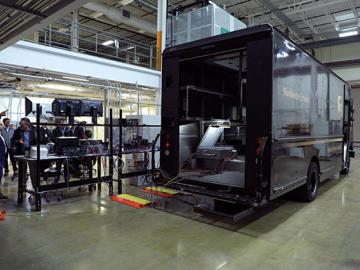
Researchers at the Department of Energy’s Oak Ridge National Laboratory (ORNL) in late February demonstrated a 20-kilowatt bi-directional wireless charging system installed on a UPS medium-duty, plug-in hybrid electric delivery truck.

In the race to identify solutions to the COVID-19 pandemic, researchers at the Department of Energy’s Oak Ridge National Laboratory are joining the fight by applying expertise in computational science, advanced manufacturing, data science and neutron science.
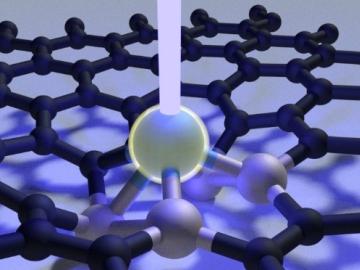
Scientists at Oak Ridge National Laboratory used a focused beam of electrons to stitch platinum-silicon molecules into graphene, marking the first deliberate insertion of artificial molecules into a graphene host matrix.
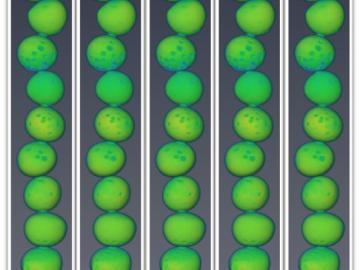
Oak Ridge National Laboratory researchers working on neutron imaging capabilities for nuclear materials have developed a process for seeing the inside of uranium particles – without cutting them open.
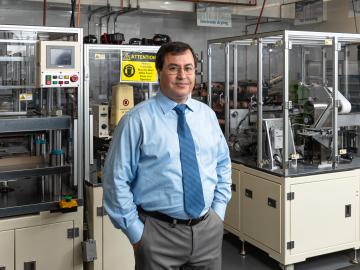
Ilias Belharouak is leading ORNL’s research efforts in investigating new materials for solid-state batteries, which can double the charging capacity of lithium-ion batteries, commonly used today for electronic devices such as cell phones.
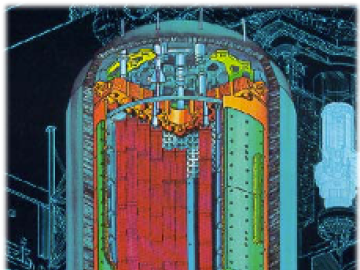
A software package, 10 years in the making, that can predict the behavior of nuclear reactors’ cores with stunning accuracy has been licensed commercially for the first time.

A versatile class of flexible, protein-like polymers could significantly advance future drug delivery methods. But first, scientists have to develop a reliable process for tailoring these polymers into shapes that can effectively transport medicines throughout the human body.



